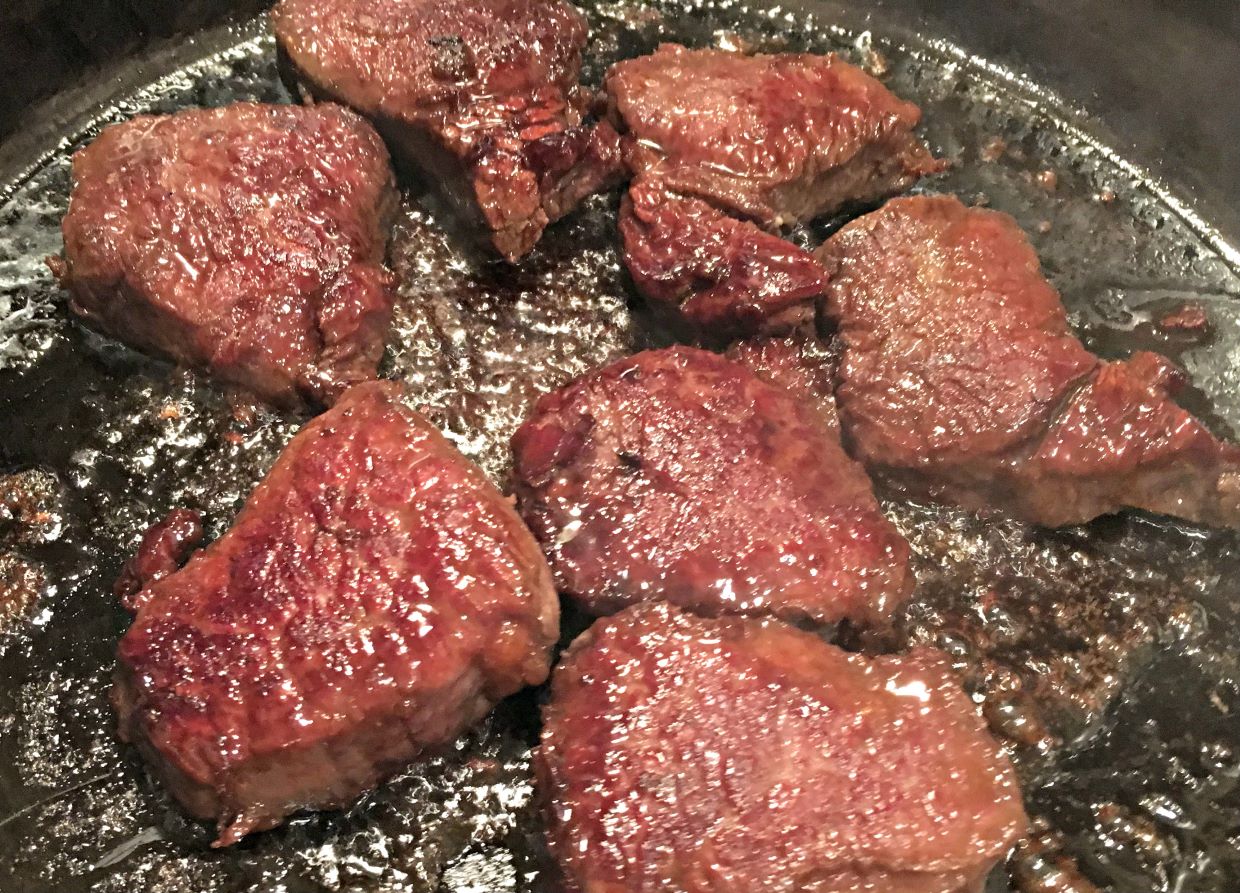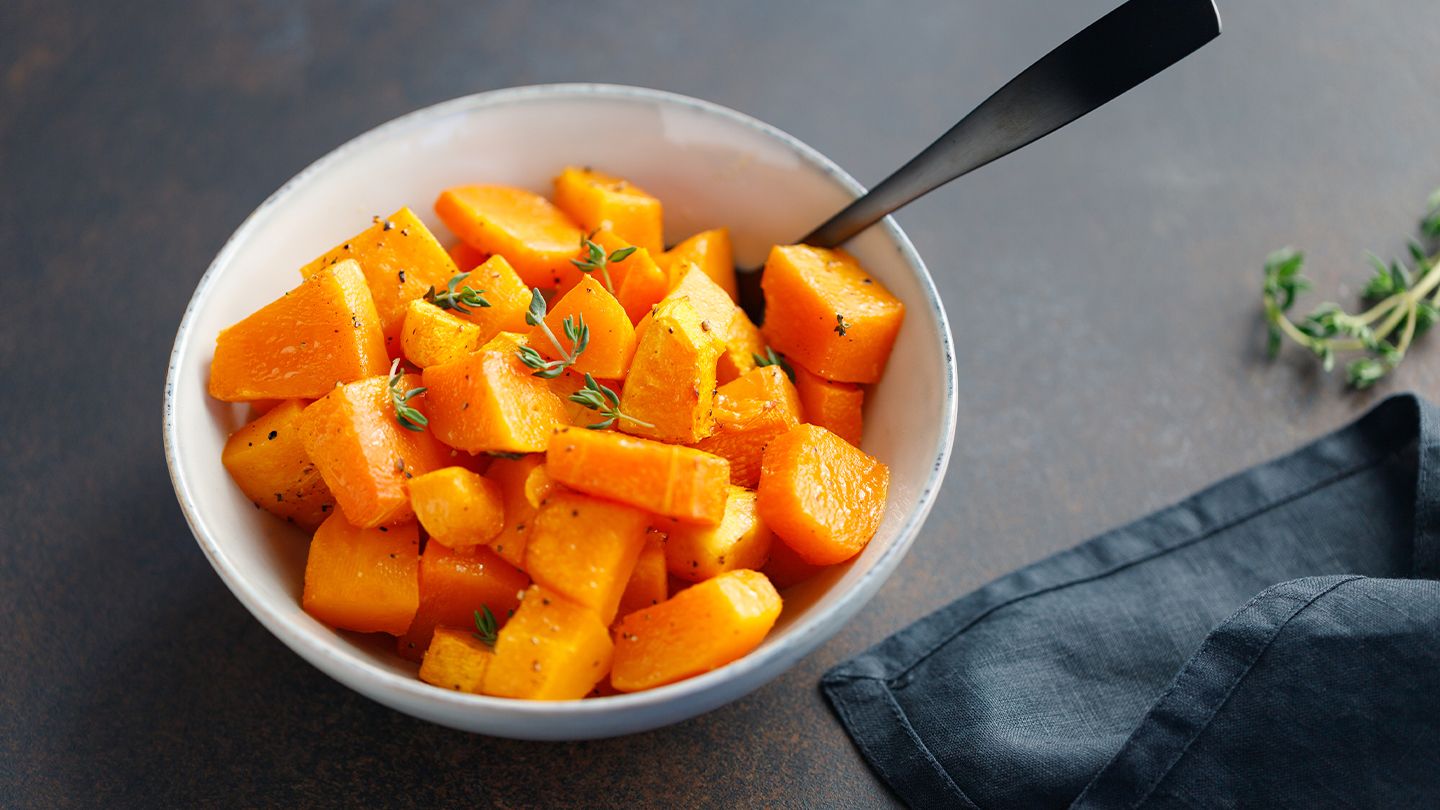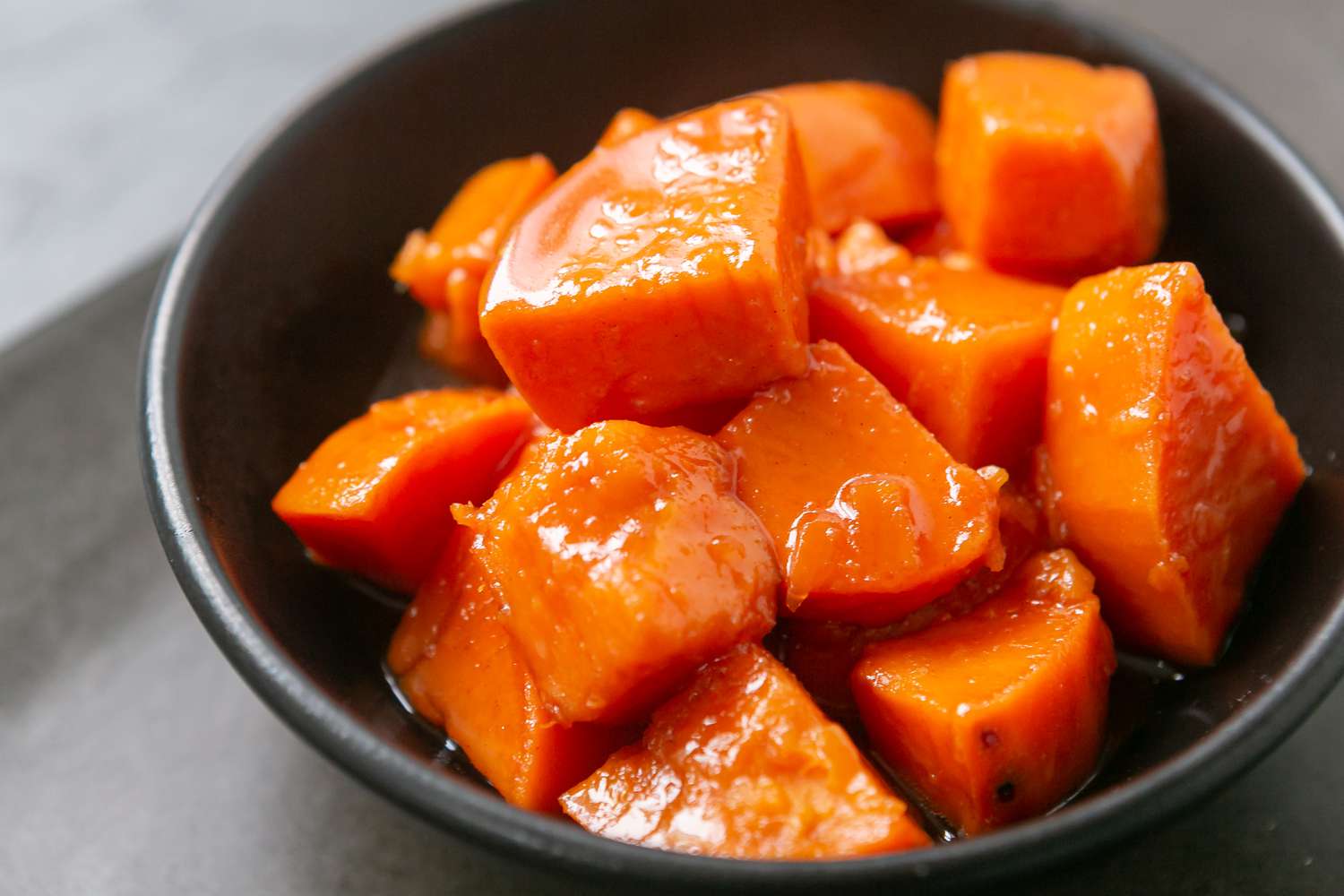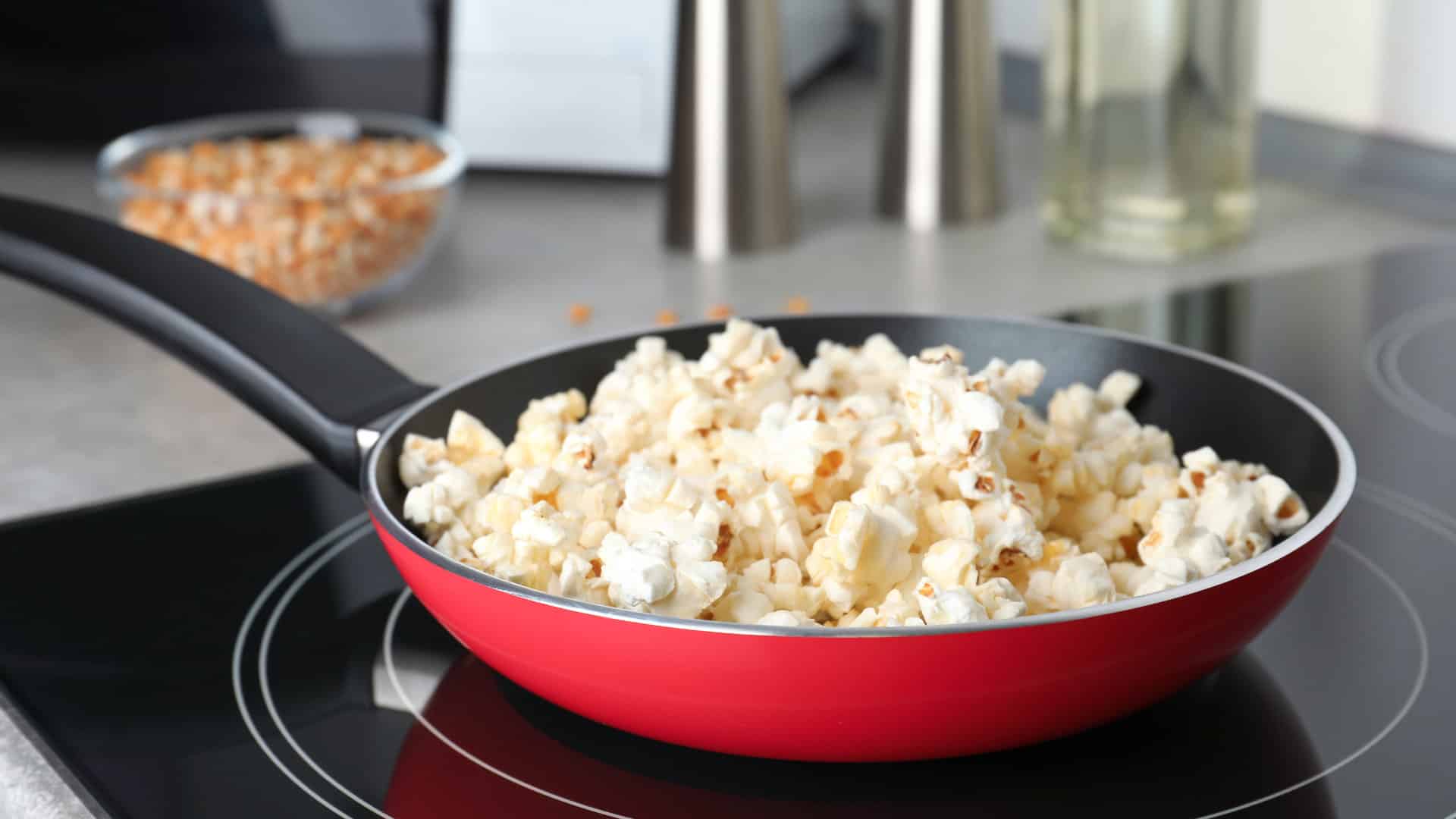Cooking bok choy for ramen is simpler than you might think, transforming your noodle soup into a vibrant, nutritious meal. This leafy green, with its crisp stems and tender leaves, adds both texture and a mild, slightly sweet flavor that complements the rich broth of ramen perfectly. Whether you're a seasoned chef or just starting out in the kitchen, incorporating bok choy into your ramen is a straightforward process. From selecting the freshest bok choy at your local market to mastering the timing of adding it to your simmering pot, this guide will walk you through each step, ensuring your ramen turns out delicious every time.
Essential Ingredients for Your Ramen’s Green Crunch
- Fresh bok choy
- Garlic cloves, minced
- Soy sauce
- Sesame oil
- Salt
- Ground black pepper
- Water or vegetable broth for blanching
Gather Your Tools: Prepping for Bok Choy Perfection
- Chef's Knife
- Cutting Board
- Large Pot
- Sauté Pan
- Wooden Spoon
- Colander
- Measuring Cups
- Measuring Spoons
For perfectly cooked bok choy in ramen, briefly sauté stems first, as they're tougher. Add leaves later, ensuring they wilt slightly but retain vibrant color and crisp texture.
The Secret to Elevating Your Ramen
Cooking bok choy for ramen adds a crunchy texture and nutty flavor to the dish, enhancing its overall taste. This leafy green is packed with vitamins and minerals, making your ramen not just tastier but healthier too. Including bok choy in ramen introduces a delightful contrast of textures and flavors, elevating the dish from simple to gourmet with minimal effort.
Preparing bok choy for ramen involves quick cooking methods like blanching or sautéing to retain its crispiness and bright green color. These techniques ensure that the bok choy adds a fresh, slightly sweet dimension to the savory broth of ramen, making every bite a perfect balance of flavors and textures.
Your Step-by-Step Bok Choy Adventure
How To Cook Bok Choy For Ramen
-
Wash Bok Choy: Start by thoroughly rinsing bok choy under cold water. Dirt often hides in the leafy greens, so separate leaves to ensure cleanliness.
-
Trim Ends: With a sharp knife, cut off the base of bok choy to separate leaves for easier cooking.
-
Cut Leaves: For even cooking, slice bok choy leaves into smaller, bite-sized pieces. This helps them blend well with ramen.
-
Blanch Bok Choy: Bring a pot of water to a boil. Add bok choy and blanch for about 1 minute. This process softens the greens while maintaining their vibrant color.
-
Ice Bath: Prepare an ice bath by filling a bowl with ice and water. After blanching, immediately transfer bok choy to the ice bath. This stops the cooking process, preserving texture and color.
-
Drain Well: Remove bok choy from the ice bath and let it drain. Excess water can dilute your ramen broth, so ensure greens are well-drained.
-
Sauté (Optional): For added flavor, heat a pan with a small amount of oil over medium heat. Add bok choy and sauté for 2-3 minutes. Season lightly with salt to enhance taste.
-
Add to Ramen: Finally, place cooked bok choy atop your bowl of ramen. It can be added to the broth or placed on the side as a garnish.
-
Serve Immediately: Enjoy your ramen with bok choy while hot for the best dining experience.
Mastering the Art of Bok Choy in Ramen
Cooking bok choy for ramen isn't just about adding greens to your bowl; it's about enhancing flavors and textures, making your ramen a complete meal. Remember, timing is everything. Blanching bok choy for just a minute or two keeps it vibrant and crunchy, offering a fresh contrast to the rich broth and soft noodles. For those who love a bit of customization, sautéing with garlic adds an aromatic depth that can elevate your ramen to restaurant levels. Don't forget, bok choy isn't just a side note in your ramen symphony; it's a key player that brings health, color, and crunch to every spoonful. So next time you're simmering up a pot of ramen, give bok choy the attention it deserves. Your taste buds will thank you.
Explore More Delicious Recipes and Uses
For those eager to experiment with the versatility of bok choy in ramen, a variety of recipes await that showcase this leafy green's potential. A must-try is the classic pork ramen with sauteed bok choy for its harmonious blend of succulent pork and gently sautéed bok choy, which introduces a delightful texture contrast. Adventurous palates might lean towards the spicy miso ramen with crisp bok choy, where the crispness of bok choy complements the spicy miso broth beautifully. For a lighter option, the vegetarian tofu ramen with stir fried bok choy offers a refreshing take, making it an excellent choice for those seeking a plant-based meal. Each recipe provides a unique way to integrate bok choy into your ramen, enhancing both flavor and nutritional value.
All Your Bok Choy Questions Answered
How do you properly clean bok choy before adding it to ramen?
First off, split those leafy greens down the middle to get at the dirt hidden in the creases. Rinse them under cold water, gently rubbing any grit away. Sometimes, a second rinse is necessary to catch any sneaky dirt that might've clung on.
What's the best way to cut bok choy for ramen?
Keep it simple and effective. Slice the bok choy lengthwise for a dramatic look in your bowl or chop it into bite-sized pieces for easier eating. Both methods ensure every spoonful of ramen comes with a bit of that crunchy goodness.
Should bok choy be cooked before adding to ramen?
Absolutely, but only for a short while. Blanching it in boiling water for about a minute brings out its vibrant color and tender texture. Just make sure not to overdo it; you want it to retain some crispness.
Can you add bok choy directly to the ramen broth?
Sure thing, if you're short on time. Tossing it into the simmering broth a few minutes before your ramen is done will cook it lightly. This method infuses the leaves and stems with the flavorful broth, enhancing the overall taste of your dish.
What are some seasoning tips for bok choy in ramen?
A dash of sesame oil or a sprinkle of soy sauce goes a long way in elevating bok choy's flavor. For those who enjoy a bit of heat, a pinch of red pepper flakes can add a nice kick. Remember, it's all about complementing the ramen's taste, not overpowering it.
Is bok choy nutritious?
You bet! Bok choy is packed with vitamins A, C, and K, not to mention it's a great source of calcium, iron, and magnesium. Adding it to your ramen not only boosts the flavor but also the nutritional value of your meal.
Can I use baby bok choy instead of regular bok choy?
Definitely, and you might find it even better. Baby bok choy is more tender and has a milder flavor, making it a perfect addition to ramen. Plus, its smaller size means less prep work for you.











